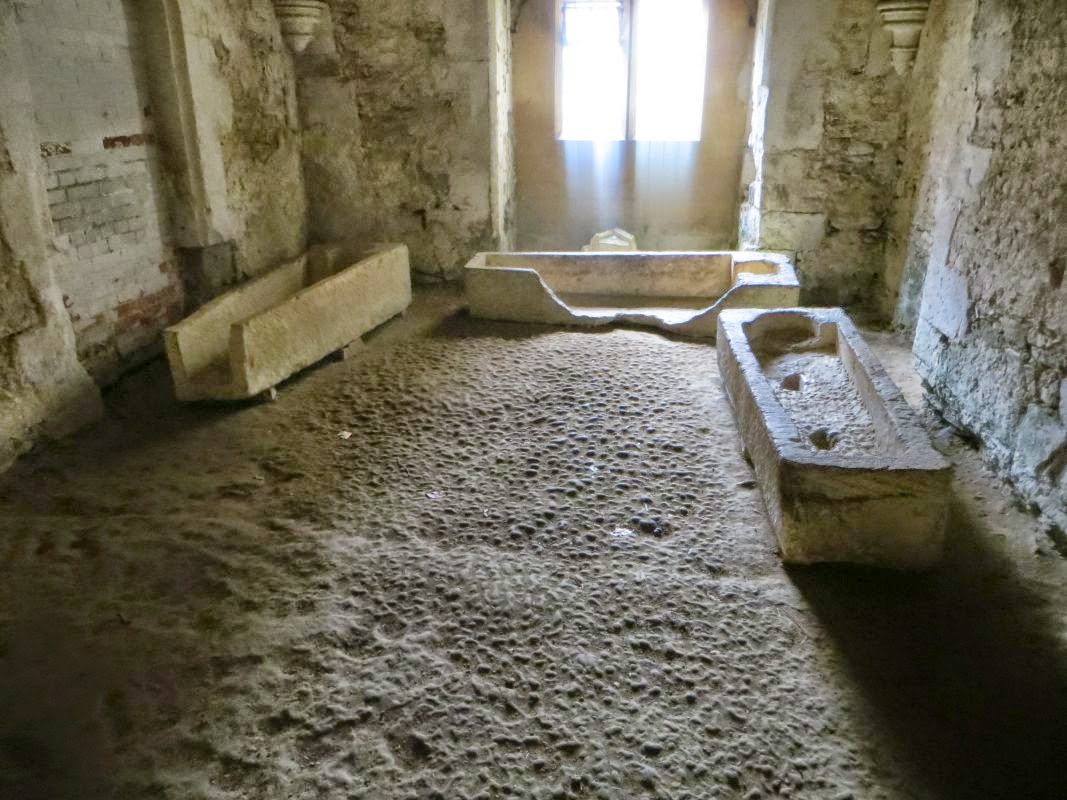In this blog I'll show you some the things you can see round the house itself and a few of the exhibition at the end.
Going upstairs you can look out of the window to the Tudor Courtyard
One of the bedrooms
In another room we saw this which looks like paraffin cooker

The painting is of one of the last owners of the house and on the left is a pound note, doubt many people in the UK will remember the or know what they were now
This was an intersting room
Because I noticed this breastplate
and helmit which I knew were civil war
but the piece here threw me until the guide picked it up and gave it to me. Dam was it heavy, he also have it to a lady he was talking to and she was very surprised at the weight. Turned out it went under the felt hat some of the soldiers wore,so you had this really heavy iron object on your head in battle. They must have had strong necks is all I can say

These were also interesting are these helmets which were used when displaying a dead knight, I think they are called Mort Helms
How about this chair which is a tad uncomfortable looking, can you see the faces in it
Found them rather gruesome
Passed this which is the kids play room with real Tiger skin rug. You have to feel sorry for the Tiger
This was the next place of interest
Because this was the room in which this window is and is where Henry Fox Talbot took a negative which is considered the oldest one in existence in 1832
Next place I ended up with was here in the dining room
eventually we ended up in the entrance hall
which had lots of carved figures around it
Along with some really nice stained glass

Though the guy on the left looked like Gandalf or could it be Rincewind with Death watching him
After leaving the Abbey we walked past the Botanical Gardens though we did not feel there was much worth seeing at the time
We then had a quick look round the museum at some of the old cameras
Some of the old cameras and a painting of Fox Talbot
in the background you can see one of Fox Talbots photos of the bust here in the photo
Some of the Many old cameras on display with a ghostly image of me in the background
How about that then, A gold Nikon something they reproduced again of late in gold as a digital version. I'll stick to my trusty Canon
I'll leave you with a shot of an original Box Brownie, even I have a similar one at home.
For more information Visit the National Trust Website






























































